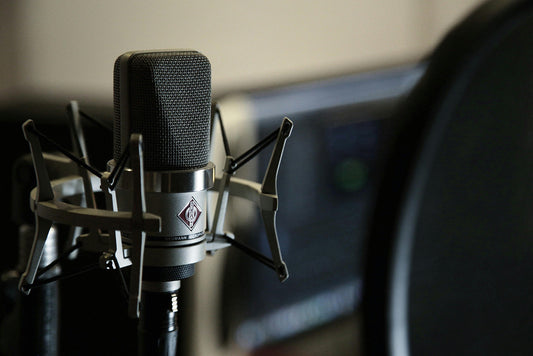Reader Mark Laufer sent me an interesting letter that I want to share with you. He brings up some excellent points: ones we will be exploring in future posts.
"I always am amazed when reviewers talk about two things: one is "true to the recording" and the other is "true to the live performance." They are both total fallacies.
A recording is true to what? To the studio monitors used to balance the sound? To the way the studio monitors sound in the mixing room? And really, what is the "actual" sound of an electric guitar? Is it the sound of the playback monitor heard by the artist? Or the playback speaker heard in the recording room?
And for live recordings - is it any different? I am always going to live concerts in NYC - I am blessed with some of the best concert halls in the world (and some of the worst). Sitting in the orchestra at David Koch theater has a distinctly different acoustic "signature" than seats in the front of the mezzanine. Move 8 rows back and you move under the overhang for the next tier up, and the sound changes again. Move up another tier, and another, and the sound changes again. Which is better?
Well, for me, I prefer the first mezz center to center orchestra. I like the "lift" the sound gets as it moves "up." But others like the orchestra ... At Carnegie Hall, I just sat 8th row orchestra during a Bartok concerto. The orchestra is actually "above me." Many would say that a more "accurate" sound comes from sitting much further back in the hall, or in the first tier (again, up). Distinctly different sonic signatures. When you sit closer to the orchestra, the instruments in the front are much more pronounced ... the totality of the sound is much clearer further back in the hall. The point is quite simple. There is no "correct" sound, there is no "absolute" sound. There is no "sound as it appeared live." There is only the sound as it appears at a given moment in a particular acoustic setting. Which can change one seat over."
Mark's points are well taken. The Absolute Sound is something coined by HP to describe what we're all seeking but it doesn't exist and if it did, how would we know it's right?
Much more to come on this subject.








